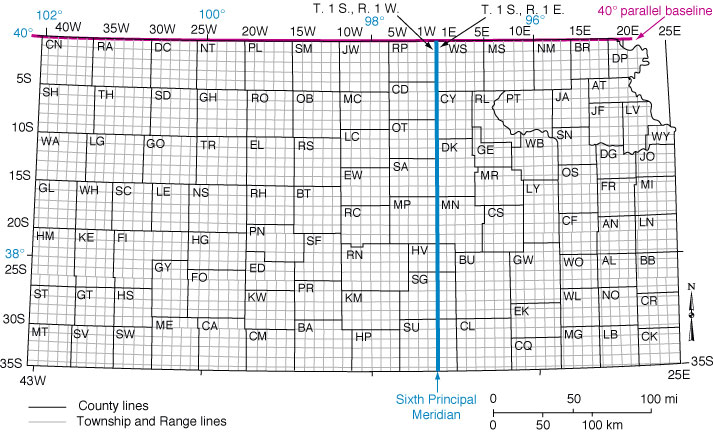30 May 2019
An educational loss
The Wall Street Journal (free for Rutgers students) reported on the closure of Green Mountain College. While losing any school after 185 years is hard, losing a school with a focus on sustainability is especially concerning. Much of the story in the WSJ (an other papers) focuses on the impact on Poultney, NH where jobs and real estate and a sense of identity and community are all severely disrupted. But coming on the heels of the most recent UN report on the environmental crisis, it is curious that there isn't more reporting asking about what this could mean as a larger trend.
08 May 2019
Top 10 Shapers
Thinking back over the Top 10 Shapers of the American Landscape, I would recommend a fun Reading Day readingBy John Muir in The
Atlantic Monthly in April 1898, The Yellowstone National Park.
Here is the list of Top 10 Shapers that I presented, in alphabetic order. For comparison purposes I have linked each one to its entry in Wikipedia, but these are not definitive descriptions.07 May 2019
Top 10 Environmental Issues for the LRWP in 2019
The latest blog posting on the Lower Raritan Watershed Partnership's website is a Joe Mish description of the region's red shale as a touchstone of experiencing the river. But on the sidebar you will also see upcoming events that include a stream cleanup this weekend.
And if you dig a little deeper, you can find Heather Fenyk's list of the Top 10 Environmental Issues for the LRWP in 2019.
And if you dig a little deeper, you can find Heather Fenyk's list of the Top 10 Environmental Issues for the LRWP in 2019.
05 May 2019
04 May 2019
Louisiana storm surge maps
The new interactive storm surge risk maps recently released by the National Hurricane Center show a Category 5 hurricane could push at least 9 feet of water into Baton Rouge. But I am more worried about the rapidly growing areas Ascension Parish which get wet in even the mildest scenarios.
02 May 2019
Foxconn designs vs. deliverables
The story of Wisconsin's recruitment of Foxconn to Racine County is complicated and incomplete. It includes a CEO running for president of Taiwan and President with his own history of eminent domain abuse. I won't try to explain it all here, but the WSJ has a new look this week. It includes some threats of eminent domain abuse:
Reply All recorded an episode of their podcast on the project.
A local paper reports that the really futuristic stuff is still coming, next year.
But The Verge looks at this asking how anyone is taking these seriously:
"The village bought hundreds of pieces of property, holding out the possibility of enforcing eminent domain. It worked out deals with Racine County, the water authority and the power company to bring services to the site. The state legislature agreed to bypass some permitting processes, letting Foxconn fill wetlands without getting an environmental-impact statement. The state received a $160 million federal grant to help expand Interstate 94 a decade ahead of schedule."One of the other issues is where the water for the project will come from. Urban Milwaukee asks whether the plant merits permission for a water diversion, as it straddles the line between the Mississippi and Great Lakes Basins.
Reply All recorded an episode of their podcast on the project.
A local paper reports that the really futuristic stuff is still coming, next year.
But The Verge looks at this asking how anyone is taking these seriously:
"The secrecy and vagueness are frustrating to critics. How do you prove that Foxconn won’t build an enormous LCD factory during an industry glut or create a research campus larger than MIT in rural Wisconsin other than by pointing out that experts — and even, occasionally, Foxconn executives — say it makes no sense?"But to really understand the sales pitch, you have to see the designs that were proposed for the Wisconn Valley properties. Racine County has shared this video which captures the vision. And it raises the frequent concerns about the difference between the sci-fi representations and buildable realities.
Subscribe to:
Comments (Atom)
%2C_Design_II.jpg?1557269216355)







